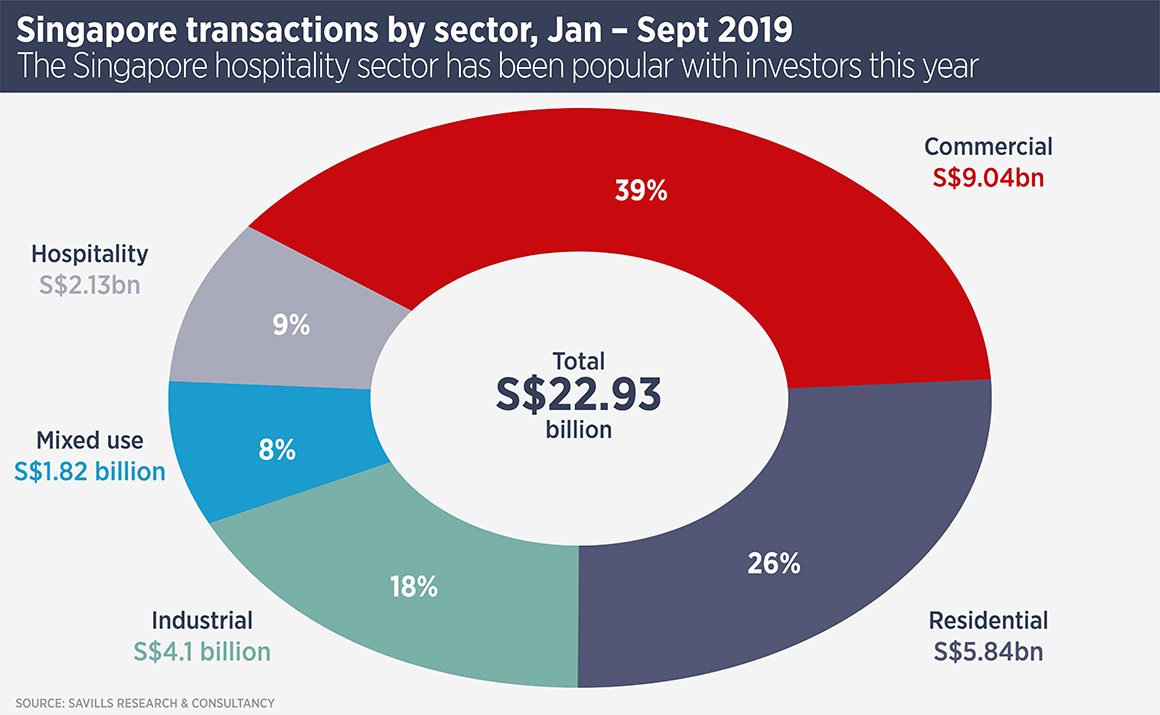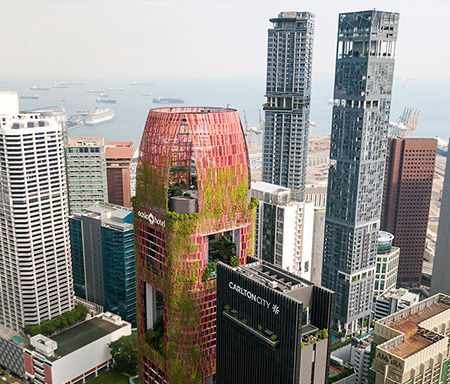
Investors appreciate Singapore hospitality
Singapore’s rejuvenation of its hospitality offer is proving attractive to real estate investors.
Savills data show hospitality real estate transactions in Singapore, in the first three quarters of this year, were up 130% compared with the same period in 2018.

The final quarter will boost the annual total even further, as more deals are expected to close. In October, the Andaz Hotel (above) was sold to Hoi Hup Realty for S$475m – the largest single hotel deal in Singapore’s history.
The hotel, which occupies the top 15 floors of the 39-storey Duo Tower on Beach Road, was sold by M+S, a joint Adelaide venture between the Singaporean and Malaysian governments.
Alan Cheong, executive director, research, at Savills Singapore, says: “There has been an exponential increase in the value of hospitality assets sold since 2016. The market for hospitality assets is still hot and we believe that if a product is listed at a slight premium to market price, it should still sell.”
Singapore saw 18.5m visitors in 2018, up 6.2% on the previous year and 2019 is on target to show a further increase. Recent years have seen a number of new hotels added to Singapore’s stock, with the Andaz being one of the more notable. Other new launches this year included three new hotels on Sentosa Island opened by Far East Hospitality.
In the past decade, Singapore has launched a number of new visitor attractions, including the Marina Bay Sands integrated casino resort and the Gardens by the Bay nature park. The Andaz hotel forms part of mixed-use development which has revitalised the Bugis district as an extension to Singapore’s CBD.
Simon Smith, head of Asia Pacific research at Savills, says: “Singapore has constantly reinvented itself as a destination and keeps offering a wider range of attractions to visitors. Other cities in the region, notably Hong Kong, could learn from this.”
Further reading:
Savills Singapore
Contact us:
Simon Smith


